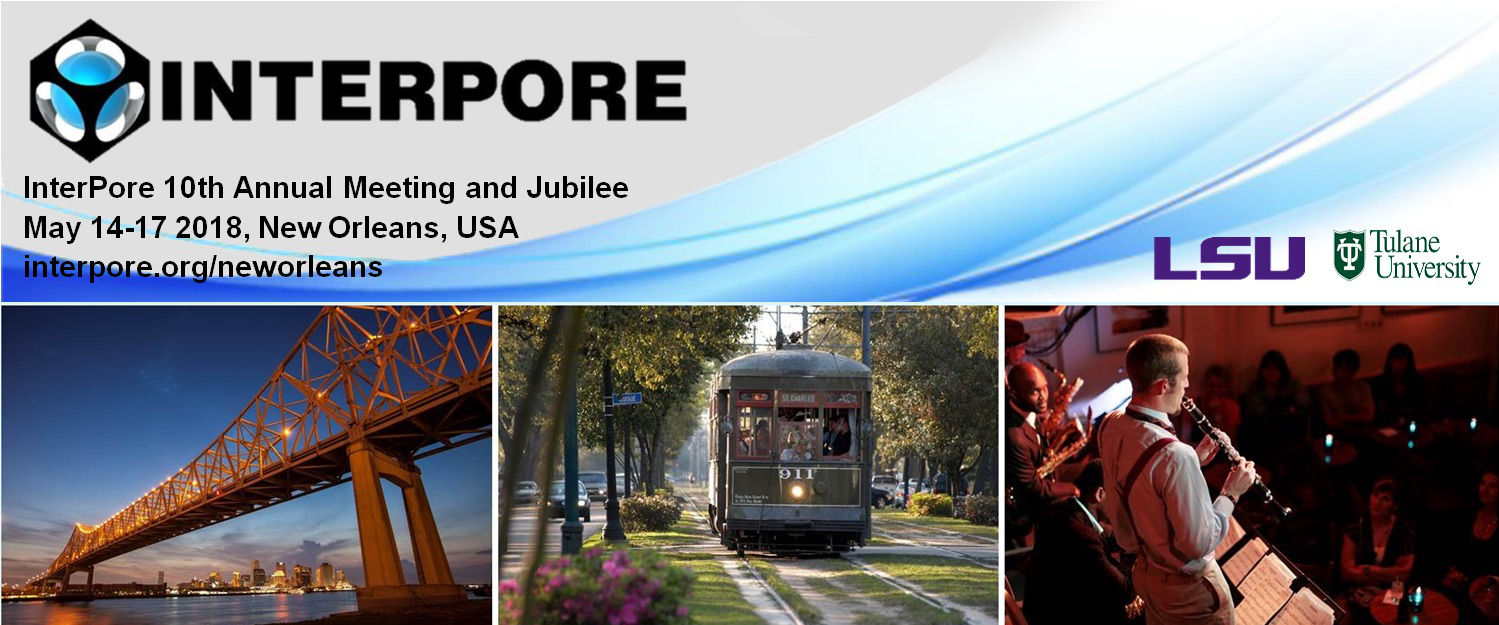Speaker
Description
Soil liquefaction is a significant natural hazard associated with earthquakes. Some of its devastating effects include tilting and sinking of buildings and bridges, and destruction of pipelines. Conventional geotechnical engineering assumes liquefaction occurs via elevated pore pressure. This assumption guides construction for seismically hazardous locations, yet evidence suggests that liquefaction strikes also under currently unpredicted conditions. We show, using theory, simulations and experiments, another mechanism for liquefaction in saturated soils, without high pore fluid pressure and without special soils, whereby liquefaction is controlled by buoyancy forces. This new mechanism enlarges the window of conditions under which liquefaction is predicted to occur, and may explain previously not
understood cases such as liquefaction in well-compacted soils, under drained conditions, repeated liquefaction cases, far-field liquefaction and the basics of sinking in quicksand. We next introduce viscous forces between grains and fluids, and examine how they modify the dynamics once liquefaction has been triggered.
These results may greatly impact hazard assessment and mitigation in seismically active areas.
| Acceptance of Terms and Conditions | Click here to agree |
|---|


